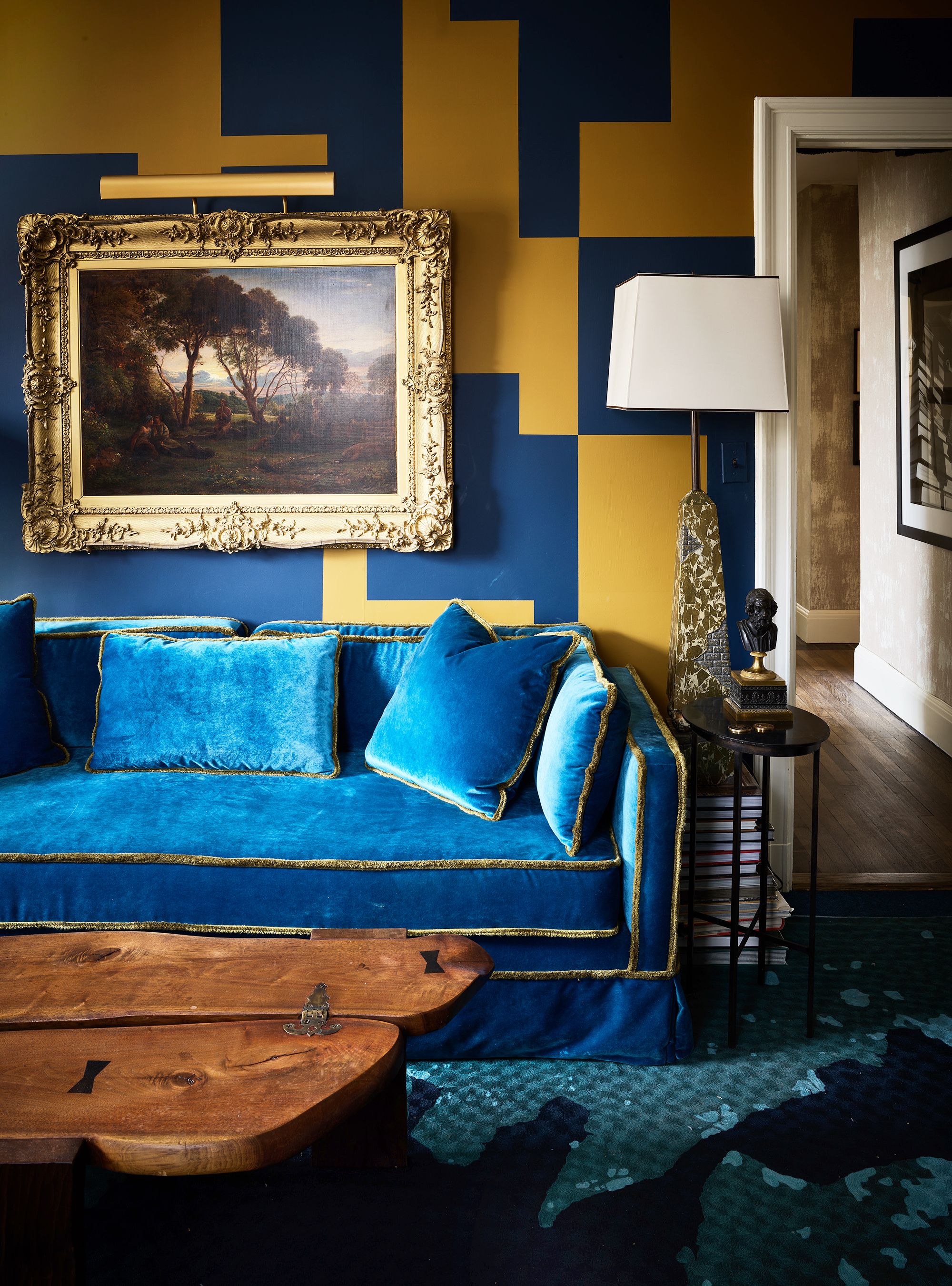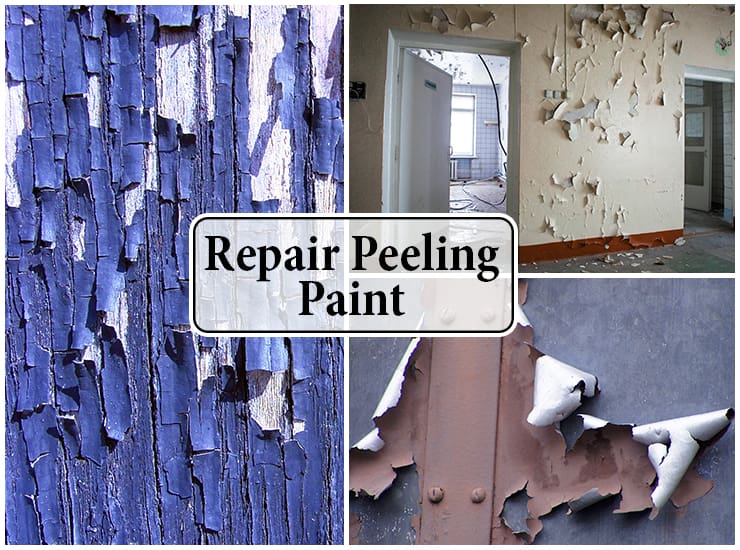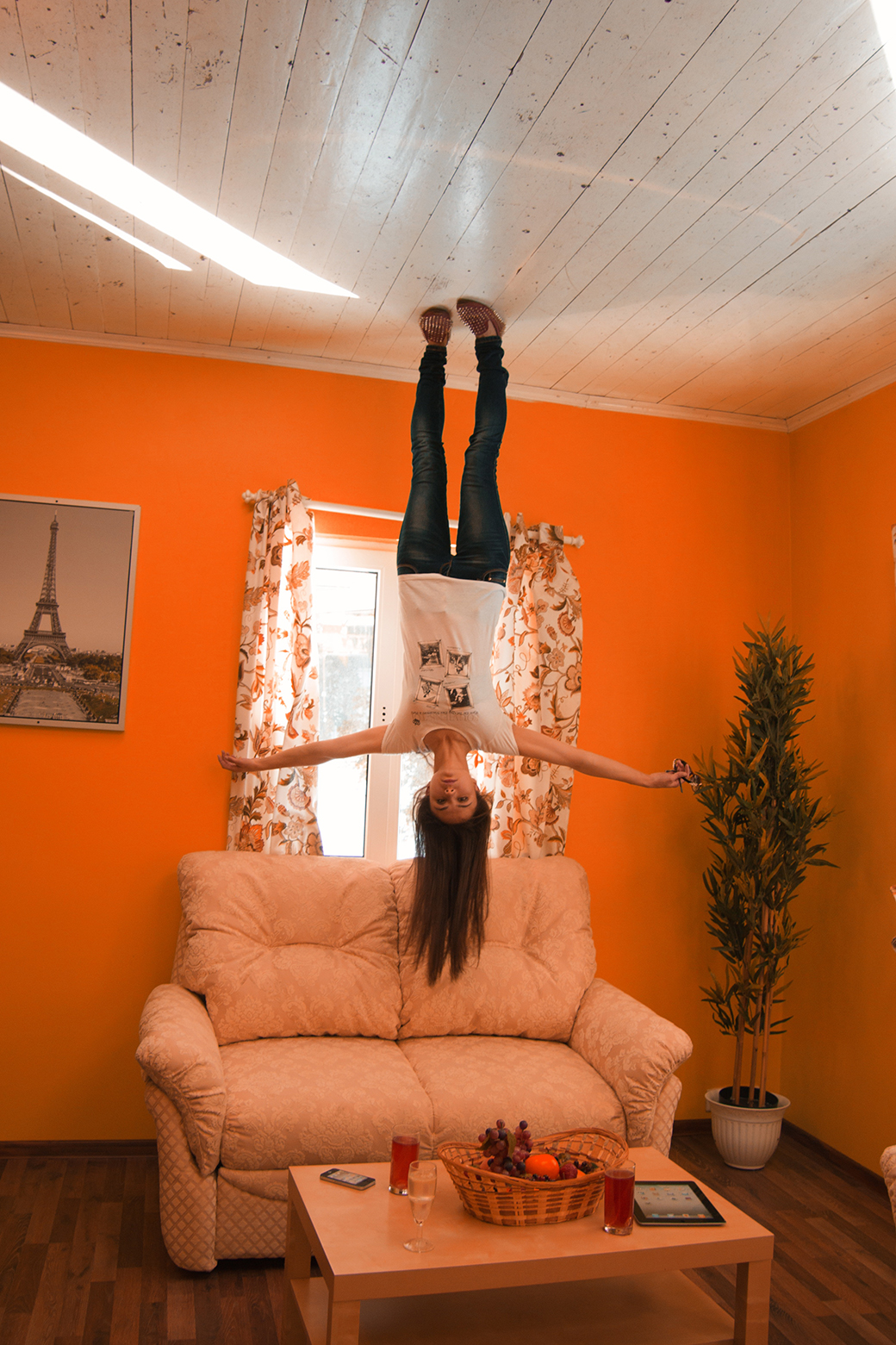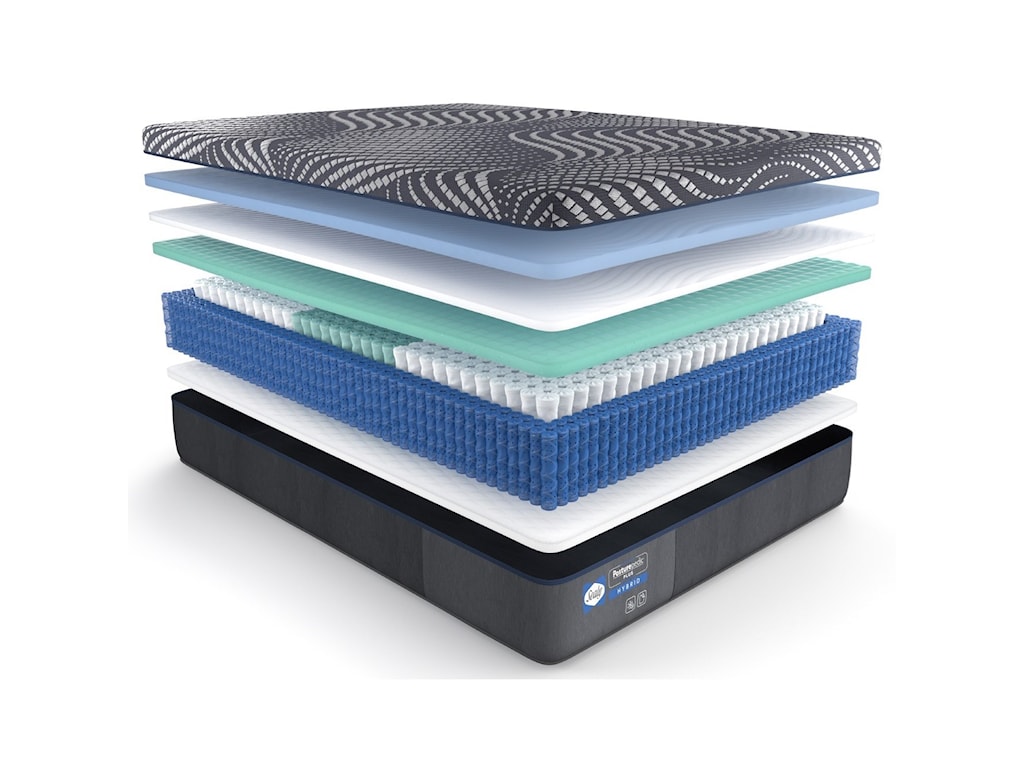Peeling paint is a common problem in many homes, especially in high-traffic areas like the living room. Not only does it make your walls look unsightly, but it can also be a sign of underlying issues such as moisture or poor paint application. To save yourself from the hassle and expense of repainting your living room walls, here are 10 tips to prevent paint from peeling in your living room.Prevent Peeling Paint in Your Living Room
One of the main causes of paint peeling is moisture, which can seep through the walls and cause the paint to lose its adhesion. To prevent this, make sure to properly seal any cracks or gaps in your walls before painting. You can use a high-quality acrylic caulk to seal these areas and ensure a smooth and moisture-proof surface for your paint to adhere to.How to Keep Paint from Peeling in Your Living Room
Another way to prevent paint from peeling is by using a primer before painting. A primer will create a barrier between the wall and the paint, ensuring better adhesion and reducing the chances of peeling. Choose a primer that is suitable for your wall type and apply it evenly before painting.Living Room Paint Peeling Prevention Tips
Properly preparing your walls before painting is crucial in preventing paint peeling. This includes cleaning the walls thoroughly and removing any old paint or wallpaper residue. You can use a mild detergent and water solution to clean the walls, followed by a rinse with clean water and a dry cloth.Stop Paint from Peeling in Your Living Room
Another cause of paint peeling is the use of low-quality or incorrect paint. Make sure to choose a high-quality paint that is suitable for the surface of your walls. If you are unsure, consult with a professional or read the label on the paint can to ensure it is the right type for your living room walls.Living Room Paint Peeling Solutions
In addition to using the right type of paint, it is also important to use the right tools and techniques when applying it. Using a good quality paintbrush or roller and applying the paint evenly and in thin coats will ensure better adhesion and reduce the risk of peeling. Avoid overloading your brush or roller with paint, as this can lead to uneven application and increase the chances of peeling.Preventing Paint Peeling in Your Living Room
Humidity and temperature changes can also contribute to paint peeling. If your living room is prone to high humidity, consider using a dehumidifier to reduce the moisture in the air. Additionally, avoid painting in extreme temperatures, as this can affect the drying process and lead to paint peeling. Ideally, the temperature should be between 50-85 degrees Fahrenheit for optimal painting conditions.Living Room Paint Peeling Causes and Prevention
Regular maintenance and touch-ups can also help prevent paint peeling in your living room. Keep an eye out for any small cracks or chips in the paint and fix them immediately before they become bigger problems. This will not only keep your walls looking fresh and new, but it will also prevent the paint from peeling in the future.Effective Ways to Prevent Paint Peeling in Your Living Room
In some cases, paint peeling can be a sign of deeper issues such as water damage or mold. If you notice significant paint peeling or bubbling, it is best to consult with a professional to determine the cause and address it before repainting.Living Room Paint Peeling Prevention Techniques
In conclusion, preventing paint peeling in your living room requires proper preparation, using high-quality materials, and regular maintenance. By following these tips, you can keep your walls looking fresh and beautiful for years to come without having to deal with the hassle and expense of repainting.How to Avoid Paint Peeling in Your Living Room
Why Preventing Paint Peeling is Essential for Your Living Room

Understanding the Damage of Paint Peeling
 When it comes to the design and aesthetics of your living room, paint plays a crucial role. It sets the tone and creates a welcoming atmosphere for you and your guests. However, no matter how well you choose and apply your paint, it is not immune to wear and tear. One of the most common issues homeowners face is paint peeling, and it can be a real eyesore. Not only does it ruin the appearance of your living room, but it can also be a sign of deeper underlying problems.
Preventing paint from peeling
is not just about maintaining the beauty of your living room, but also about protecting your investment and ensuring the safety of your home.
When it comes to the design and aesthetics of your living room, paint plays a crucial role. It sets the tone and creates a welcoming atmosphere for you and your guests. However, no matter how well you choose and apply your paint, it is not immune to wear and tear. One of the most common issues homeowners face is paint peeling, and it can be a real eyesore. Not only does it ruin the appearance of your living room, but it can also be a sign of deeper underlying problems.
Preventing paint from peeling
is not just about maintaining the beauty of your living room, but also about protecting your investment and ensuring the safety of your home.
The Causes of Paint Peeling
 Paint peeling is a common problem, but understanding its causes is the first step in preventing it. The most common cause of paint peeling is moisture. This can be due to leaks, high humidity, or inadequate ventilation. When moisture gets trapped behind the paint, it can cause it to bubble and eventually peel off. Another common cause is poor surface preparation. If the surface was not properly cleaned, sanded, or primed before painting, the paint will not adhere properly and will eventually peel.
Using high-quality paint and proper application techniques
can also help prevent paint peeling.
Paint peeling is a common problem, but understanding its causes is the first step in preventing it. The most common cause of paint peeling is moisture. This can be due to leaks, high humidity, or inadequate ventilation. When moisture gets trapped behind the paint, it can cause it to bubble and eventually peel off. Another common cause is poor surface preparation. If the surface was not properly cleaned, sanded, or primed before painting, the paint will not adhere properly and will eventually peel.
Using high-quality paint and proper application techniques
can also help prevent paint peeling.
The Importance of Preventing Paint Peeling
 Paint peeling not only affects the appearance and value of your home, but it can also be a health hazard. Peeling paint can release lead particles and other toxins into the air, which can be harmful, especially to children and pets. Furthermore, if left unchecked, paint peeling can lead to more extensive damage to your walls and even structural damage. It is much more cost-effective and time-efficient to
prevent paint peeling
rather than dealing with the consequences.
Paint peeling not only affects the appearance and value of your home, but it can also be a health hazard. Peeling paint can release lead particles and other toxins into the air, which can be harmful, especially to children and pets. Furthermore, if left unchecked, paint peeling can lead to more extensive damage to your walls and even structural damage. It is much more cost-effective and time-efficient to
prevent paint peeling
rather than dealing with the consequences.
Tips for Preventing Paint Peeling
 There are several steps you can take to
prevent paint from peeling
in your living room. First and foremost, address any underlying issues that may be causing the peeling, such as leaks or high humidity. Make sure to properly prepare the surface before painting by cleaning and sanding it, and using a high-quality primer. When applying the paint, make sure to use thin, even coats and allow sufficient drying time between coats. It is also essential to maintain proper ventilation in your living room to prevent moisture buildup.
Regularly inspecting and maintaining your paint
can also help prevent peeling in the long run.
There are several steps you can take to
prevent paint from peeling
in your living room. First and foremost, address any underlying issues that may be causing the peeling, such as leaks or high humidity. Make sure to properly prepare the surface before painting by cleaning and sanding it, and using a high-quality primer. When applying the paint, make sure to use thin, even coats and allow sufficient drying time between coats. It is also essential to maintain proper ventilation in your living room to prevent moisture buildup.
Regularly inspecting and maintaining your paint
can also help prevent peeling in the long run.
In Conclusion
 A beautiful living room starts with a well-maintained coat of paint. By understanding the causes of paint peeling and taking the necessary steps to prevent it, you can ensure that your living room remains a welcoming and visually appealing space for years to come. Don't neglect the importance of
preventing paint peeling
in your home.
A beautiful living room starts with a well-maintained coat of paint. By understanding the causes of paint peeling and taking the necessary steps to prevent it, you can ensure that your living room remains a welcoming and visually appealing space for years to come. Don't neglect the importance of
preventing paint peeling
in your home.
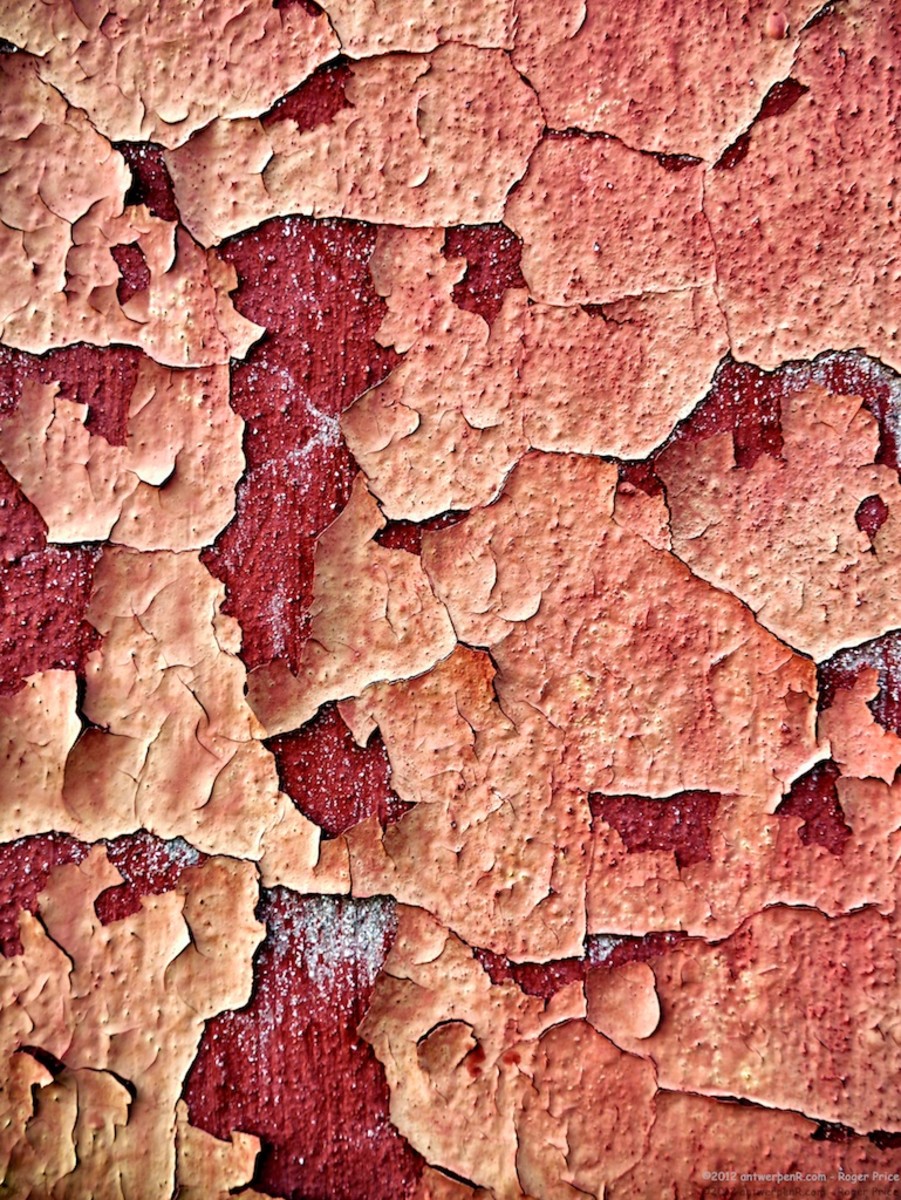


:extract_focal()/https://pocket-syndicated-images.s3.amazonaws.com/articles/5304/1596722483_at_housetours_2019-06_VivY-RhiannonSouthwell_AT_rhiannon_vivyapp-12.jpg)

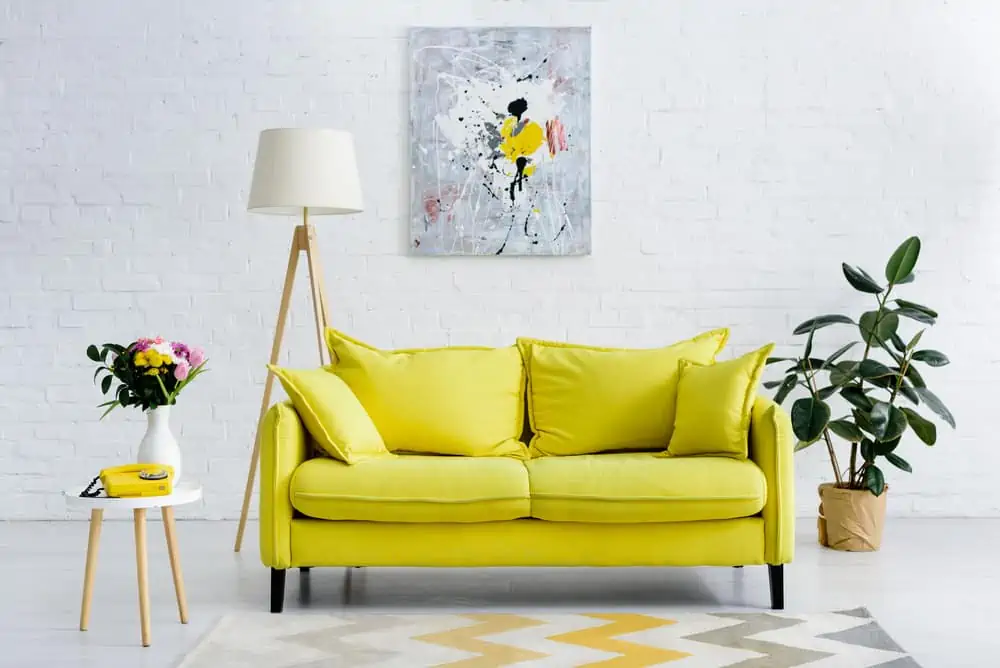
















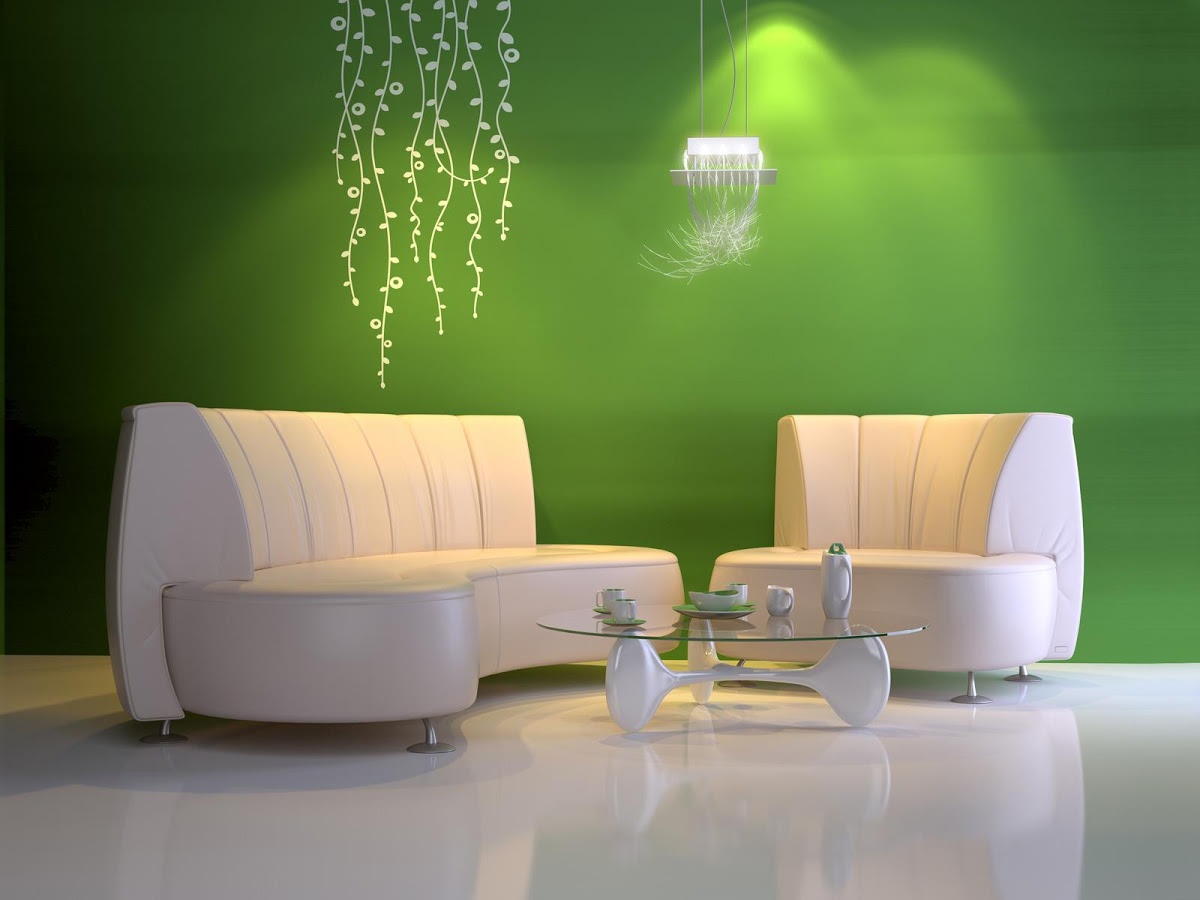

:max_bytes(150000):strip_icc()/Filtered-Shade-4003-1B-Valspar-cef8e6cc1adb45ae98aadfc48144956b.png)

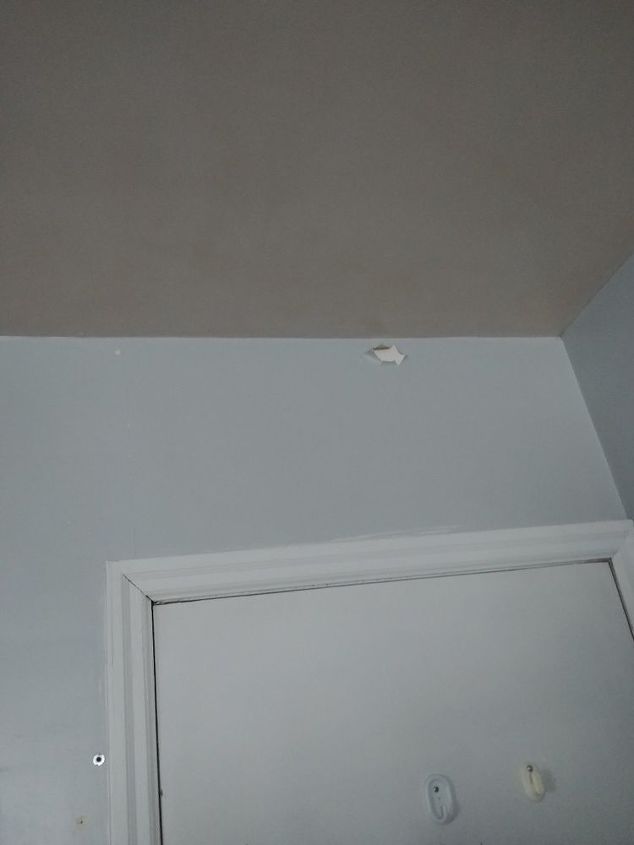

















:max_bytes(150000):strip_icc()/living-room-area-rugs-1977221-e10e92b074244eb38400fecb3a77516c.png)





